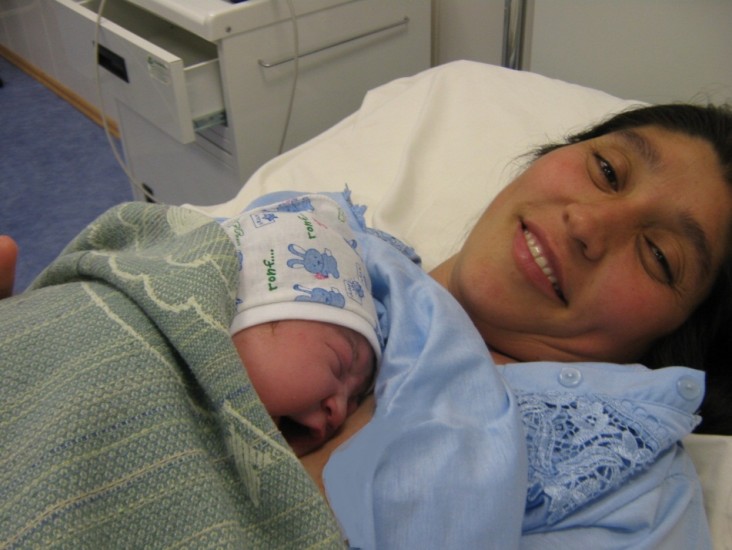
Mahym Muradova successfully and happily gave birth to her second child in May 2011 in Turkmenistan's Ene Myahri Maternity Hospital.
“I felt safe and confident. The midwife was helping me a lot, and the medical staff was supportive, watching my status and listening to my child,” she said.
Muradova's experience at Ene Myahri, which means “Mother’s Gentleness” in Turkmen, was different than her previous delivery. “My first labor was not a pleasant experience,” she added.
Many health-care providers throughout the Mary district, including those at Ene Myahri, attended training workshops in 2011 on providing safe, more comfortable birthing experiences for mothers and babies like Muradova and her infant. The workshops are a collaborative effort between the Government of Turkmenistan, the USAID Quality Health Care Project, and the United Nations Population Fund (UNFPA).
Beginning in 2006, the Government of Turkmenistan initiated a campaign to implement the World Health Organization’s Safe Motherhood program to reduce maternal and infant mortality. To support roll-out and scale-up of this program, USAID and other international partners have provided training opportunities since 2007 to health-care providers on evidence-based, patient-centered standards of practice.
In the program’s first year, pilot facilities decreased the use of unnecessary and potentially harmful medications by over 25 percent and supported partner-assisted births and active management of labor to prevent post-partum hemorrhage in 93.5 percent and 82.4 percent of patient cases, respectively. Active management of labor involves medical providers following international protocol on the various stages of labor and delivery to ensure the comfort of the mother while minimizing health risks like post-partum hemorrhage. Since 2007, joint USAID-UNFPA programs have trained over 1,700 Turkmenistani obstetricians, gynecologists, neonatologists, midwives, family physicians and nurses in high-quality maternal and infant care.
Today, USAID and its partners continue to support the efforts of the Government of Turkmenistan by expanding training opportunities for health-care providers and institutionalizing the Safe Motherhood program by building local skills and patient satisfaction. This is a regional program implemented across the Central Asian Republics--Kazakhstan, Kyrgyzstan, Tajikistan, Turkmenistan and Uzbekistan.







Comment
Make a general inquiry or suggest an improvement.